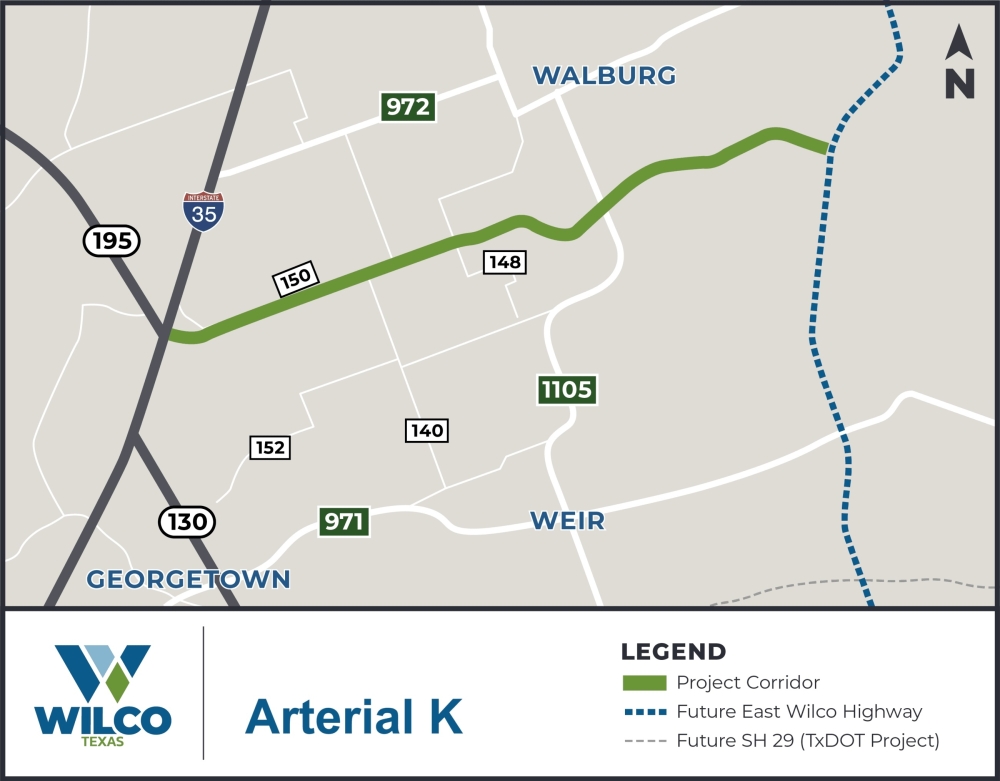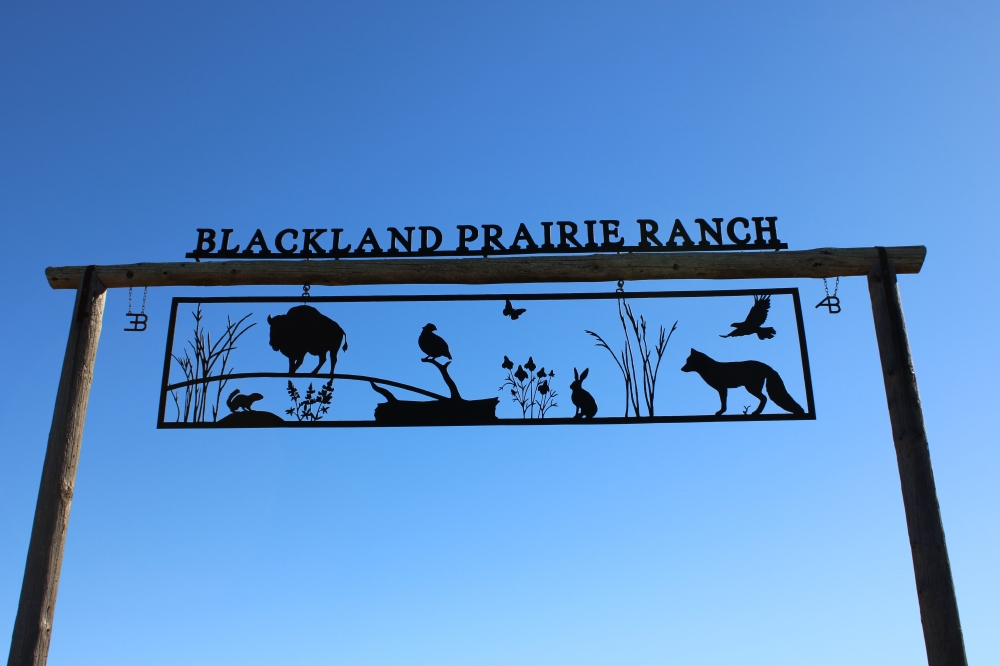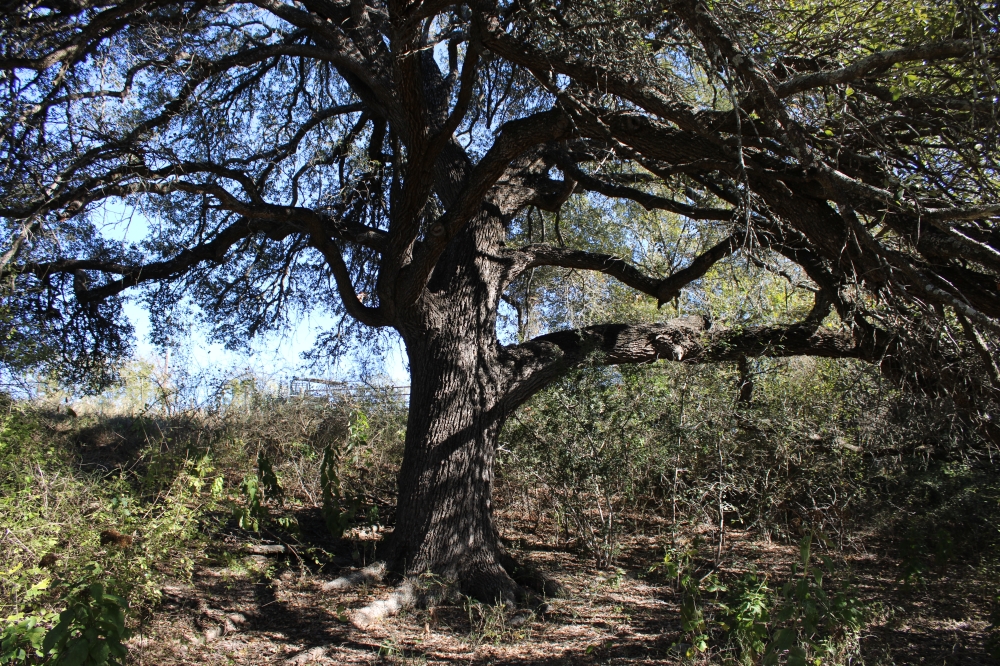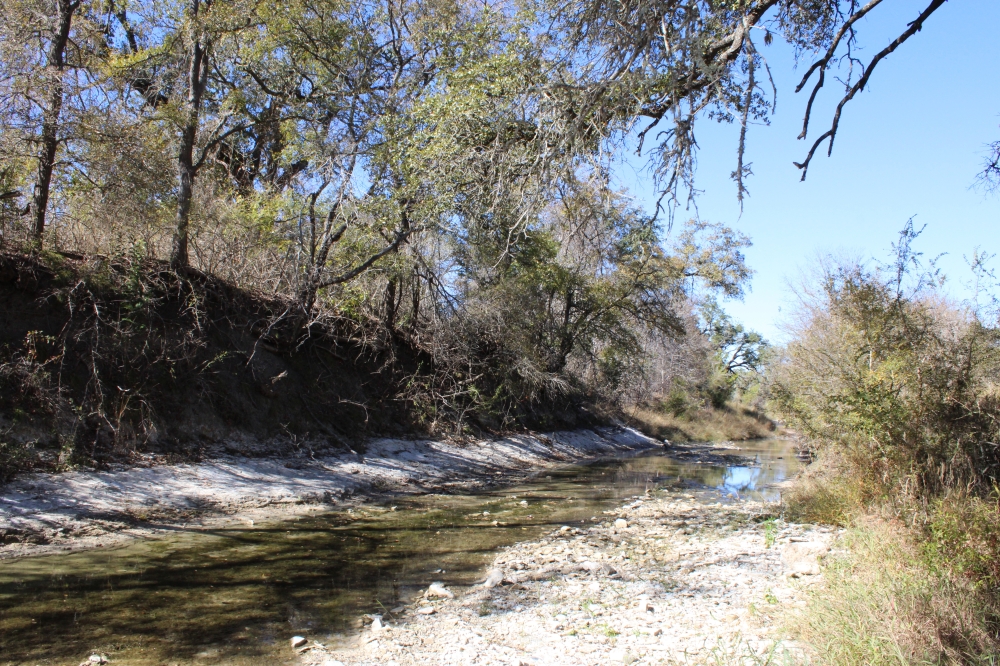After Williamson County updated its transportation plan, community members are uniting to ask officials to reconsider a road that would cut through their properties, a green belt and a creek.
Current situation
In 2009, Williamson County adopted its long-term transportation plan and identified Arterial K as a future connection between I-35 and the East Wilco Highway, which is currently under construction.
Georgetown resident Jodi Bole bought 68 acres of land near Walburg eight years ago to tend to her livestock and enjoy nature and wildlife on her property, which is part of the Texas Blackland Prairie, she said. In August, Bole received notice that Arterial K’s draft route had changed.

“All of a sudden, I get a letter saying, ‘We want to buy some of your property because we want to put a bridge there,’ and I'm like, ‘Are you kidding me?’” Bole said.
The arterial road, formerly known as Corridor K, is undergoing a right-of-way preservation study to determine the road’s best alignment, according to the county’s website.
As it stands, the project has one lane going in each direction, a dedicated turn lane in the middle and a 150-foot right of way. As growth continues, the road will transform into a six-lane roadway, according to the county’s website.
Arterial K is a response to Williamson County’s growing population, which is expected to more than double by 2045, according to county documents. According to the Texas Demographic Center, it’s the 12th largest county in Texas.

The action taken
Two community groups have formed in response to Arterial K: Wilco Greenbelt Alliance, which Bole helped shape in October; and Preserve Wilco Now!, a political action committee, Executive Director Angela Wetuski said.
Members of both groups have taken their concerns to Williamson County Commissioners Court meetings.
“[We] both really want the same thing,” Wetuski said. “We want to protect this area.”
Wilco Greenbelt Alliance is asking the county to return Arterial K’s current route, which they call Plan B, to its original south route, or Plan A. PWN! members united back in March to stop the road completely, Wetuski said.
“You're going to grow over time,” Bole said. “What I think is important is, let's have it be a well-planned growth. Let's have it be balanced growth.”

According to a statement from Precinct 4 County Commissioner Russ Boles, "the county continues to study the possible environmental, wildlife and water quality impacts of the proposed roadway alignment."
Diving in deeper
Additional parties affected by the route’s change include the Twin Creek Farms neighborhood and NMAR Georgetown Property Investors LLC.
NMAR purchased land near Bole’s property more than three years ago to develop a future community—The Range at Walburg, said Matt Riehs, a Realtor, developer and investor representing NMAR.
Riehs was informed about Arterial K’s change for the very first time Nov. 18, he said, which is when he also learned that a property owners meeting with Williamson County was scheduled for Nov. 20.
“There should be some more transparency in this process,” Riehs said. “[They] definitely shouldn't be having meetings to permanently set aside a parcel of land without face-to-face confirming contact with any landowner.”
Out of the site’s 262 acres, the new route would make 52 acres on the north side of the property unusable and disrupt plans for homesites starting at 21 acres, Riehs said. Although the project’s development just started, Riehs’ team is now cancelling equipment being shipped in.
“Knowing that we're already moving forward with this project completely caught us by surprise,” Riehs said.
Boles’ statement says he “continues to meet in-person with property owners to identify a possible alignment and address individual property owner concerns for this future roadway.”
Another perspective
Wetuski said the community has become tense as landowners continue to discover the new route is near or on their property.
“What we dealt with so far, as a community, is just the frustration as the plans change and new people are impacted,” Wetuski said.
While the county has floated several unofficial plans to landowners, Wetuski said she’s unsure what officials will ultimately decide. Both Plan A and B affect her property that she shares with her parents, she said.
“[PWN!] formed in order to stop Arterial K ... and that's still our plan,” Wetuski said. “We don't want to see it come through this area.”
Bole said she is willing to sacrifice convenience—like an hour-plus grocery run—for being out in nature, where she can take care of her cattle, donkeys and horses. After her first meeting with the county over Arterial K, Bole hired an environmental attorney, she said.

What to expect
Funding for the road’s construction has yet to be identified and needs to be determined for future phases of project development to continue, according to county documents.
If Arterial K moves forward, affected landowners will be individually contacted for the county to purchase right of way, which could include a written appraisal of the property and a negotiation process between the property owner and county, according to county documents.
Wetuski said the county told her eminent domain would likely not come into play for another 10-15 years—if the road gets approved.





